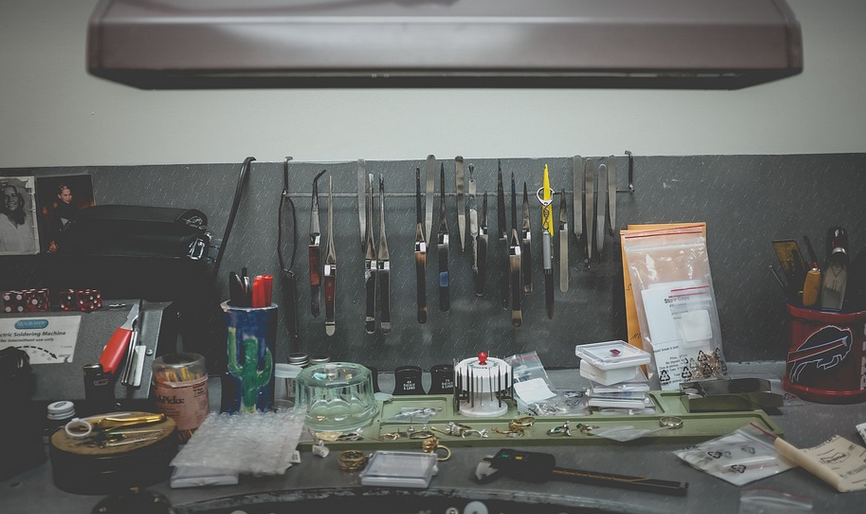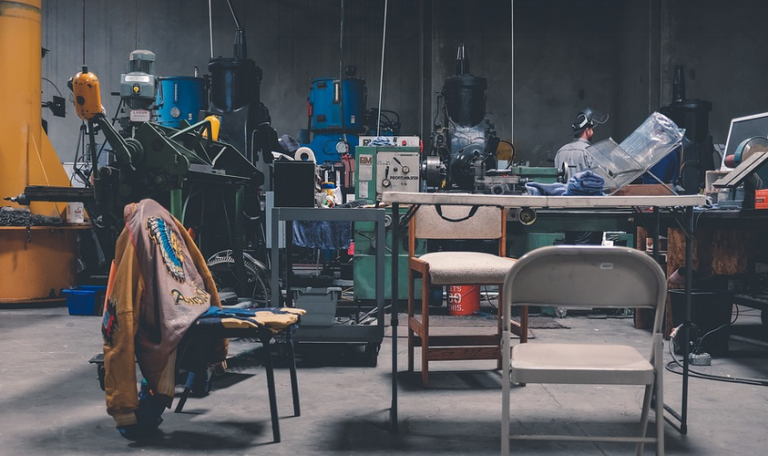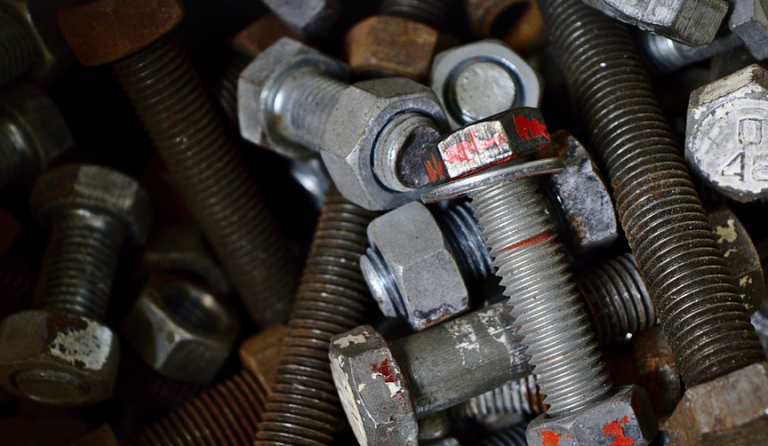
Unraveling the Dilemma of Caulking Layers
Alright, let’s talk caulking. We all know that stubborn sealant can make or break our home improvement projects. But when it comes to dealing with old caulking, a question often pops up: can you simply lay down fresh caulk on top of the existing one?
While the idea might seem straightforward—like applying a fresh coat of paint—it’s actually more nuanced than that. There are good reasons why layering new caulk over old caulk isn’t always the best approach, and understanding these reasons is crucial for achieving lasting results.
Firstly, let’s break down what makes caulking so important in the first place. Caulking serves as a vital barrier against moisture intrusion, preventing drafts, water leaks, and even pests from infiltrating your home. It’s like those handy little spells our homes need to cast for themselves!
Now, consider that old caulk tends to dry out over time or even deteriorate due to exposure to elements and repeated temperature fluctuations. This can lead to the formation of cracks and gaps within the sealant, effectively compromising its effectiveness.
Think of it like this: imagine trying to repair a leaky roof by simply adding more shingles on top of the existing ones—sure, it might seem like a quick fix at first, but eventually, those gaps will become more apparent. The same concept applies to caulking.
Here’s why layering old caulk over new caulk can actually be detrimental: First and foremost, you risk introducing inconsistencies in the application process. Each layer adds another dimension of complexity.
To illustrate: imagine trying to smooth a rough surface by adding layers on top of it. You might think that it’ll just blend together, but instead, it might become uneven or create more bumps and ridges that require specialized tools and techniques to level out.
Second, the adhesive properties and durability of old caulk can diminish over time. This could lead to the new caulk not adhering properly to the existing layer, resulting in a less robust seal.
In addition to the aforementioned factors, consider the age of the caulking itself. The degradation of the sealant over time might leave you with an uneven surface that hinders accurate application and a more lasting seal.
So, what’s the ideal approach? While it is possible to reapply caulk on top of old caulk in some instances, it’s not usually recommended.
The best solution lies in carefully evaluating the caulking situation before taking action: First and foremost, consider whether the existing caulking has simply dried out or cracked. If so, you might be able to apply a new layer over the top, ensuring better adhesion.
However, if the old caulk is compromised—meaning its flexibility, moisture resistance, and overall durability are significantly flawed—then it’s best to replace it completely with fresh caulk. It’s like giving your home an upgrade with fresh paint; you wouldn’t just apply a new coat to the same color scheme in hopes of hiding the cracks.
A final note: before applying any new caulk over old caulk, ensure that the surface is thoroughly cleaned and prepped. Any debris, dust, or loose sealant fragments can impede the smooth application of fresh caulk and compromise its effectiveness.
“Re-caulking” isn’t always a straightforward process; sometimes, it’s best to call in a professional for expert advice and assistance.






